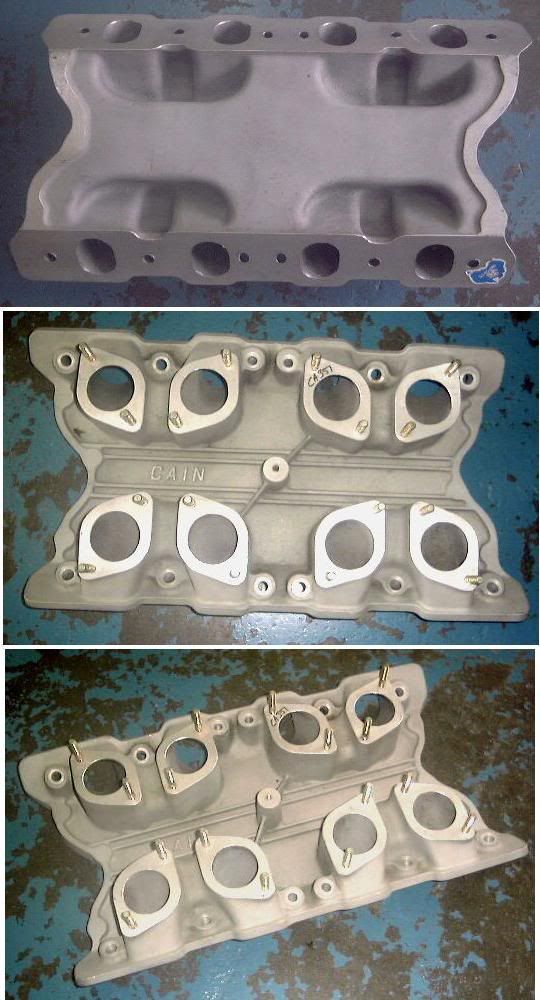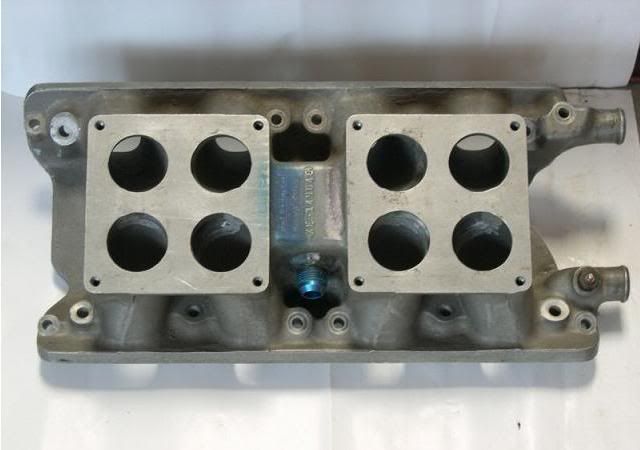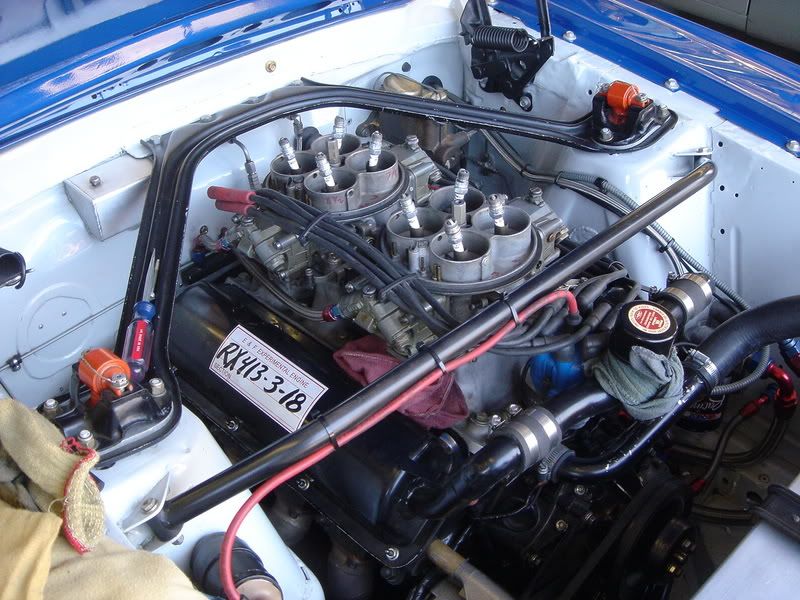Any One who runs 351c with 4X48 IDA, who can provide me with a good calibration on those
carb. fore a 351c 10:1 comp. 300 mech. cam.
Original Post
Replies sorted oldest to newest
quote:
Originally posted by cabipe:
Any One who runs 351c with 4X48 IDA, who can provide me with a good calibration on those
carb. fore a 351c 10:1 comp. 300 mech. cam.
quote:Someone is selling what looks like a full setup for a 302 that should work for the Mangusta for 1950 Euro...about $2500 US. Sounds about right and it says it already setup.
quote:Originally posted by Joules5:
To add to Tom's valid comments, IDF's are preferred for street and more tuner friendly. Specifically 44IDF's for 302's producing less than about 400HP. A complete set up of 44IDF's on a 302 manifold can be had for $1995 NEW. A good vendor will be able to set them up with the correct venturi's, jets etc. for your application.
Wow...Julian I'm taking you with me next time I go abroad to handle the money...I thought that was euro...oops....big big woops!quote:Someone is selling what looks like a full setup for a 302 that should work for the Mangusta for 1950 Euro...about $2500 US. Sounds about right and it says it already setup.
Tom, those are 48's and recommended for motors over 400HP. They are also priced in sterling, GBP1950 which is around $3K US and way overpriced, but American performance parts in the UK or Europe fetch a premium.
quote:Anyone know where a great deal on a Webber setup for a 351C might be had?


quote:Originally posted by Pittcrew:
... You must have quite a collection of Intakes at the PI HQ ...


quote:Originally posted by Tom@Seal Beach:
... Whats the drawback on the IDF ...
quote:Originally posted by OSOFAST:
George just what type of Mustang is that in the pic?? That experimental engine sticker on the valve cover is very curious.
Jeff
quote:Ask Kelly Coffield (Panterror), I am always teasing him about how much torture it is to own independent runner carburetion. But I won't deny it sounds bitchen, improves mid-range engine performance and the throttle response is unreal.